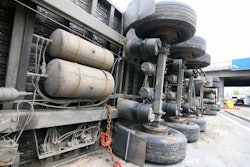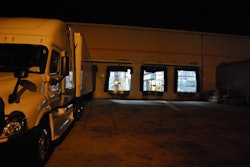Developing a company culture that focuses on safety and your drivers themselves should be a top priority for all carriers, regardless of size, according to panelists in a session held Wednesday as part of the Federal Motor Carrier Safety Administration’s Truck Safety Summit on Aug. 5.
The session, titled “What’s Working II,” focused on successes and best practices of the three panelists when it comes to safety at their fleets.
“Culture is everything,” said Brett Sant, senior vice president of safety and risk management at Knight-Swift Transportation (No. 4 on the CCJ Top 250). “You have to have a real commitment to safety, and you have to be disciplined. If you’re not committed and not disciplined when it comes to safety, your culture will break down pretty quickly.”
Sant added that drivers are the most important part of a safe culture and said training should primarily be focused on having competent drivers.
“We really want a truck driver in every seat who is conscientious, competent and capable,” he said. “Training is an ongoing process that really is controlled by the individual. It’s our responsibility to empower the drivers with the training, resources and materials they need to be successful.”
Despite working with a much smaller fleet, Dave Edmondson, vice president of safety and compliance at 400-truck tanker carrier J&M Tank Lines, echoed Sant’s thoughts on culture.
“Getting that culture set to the mindset that safety becomes primary to anything else throughout the company is the key,” he said. “Not just with the leadership and executive team, but down to the guys cleaning the tanks. You have to do it right.”










